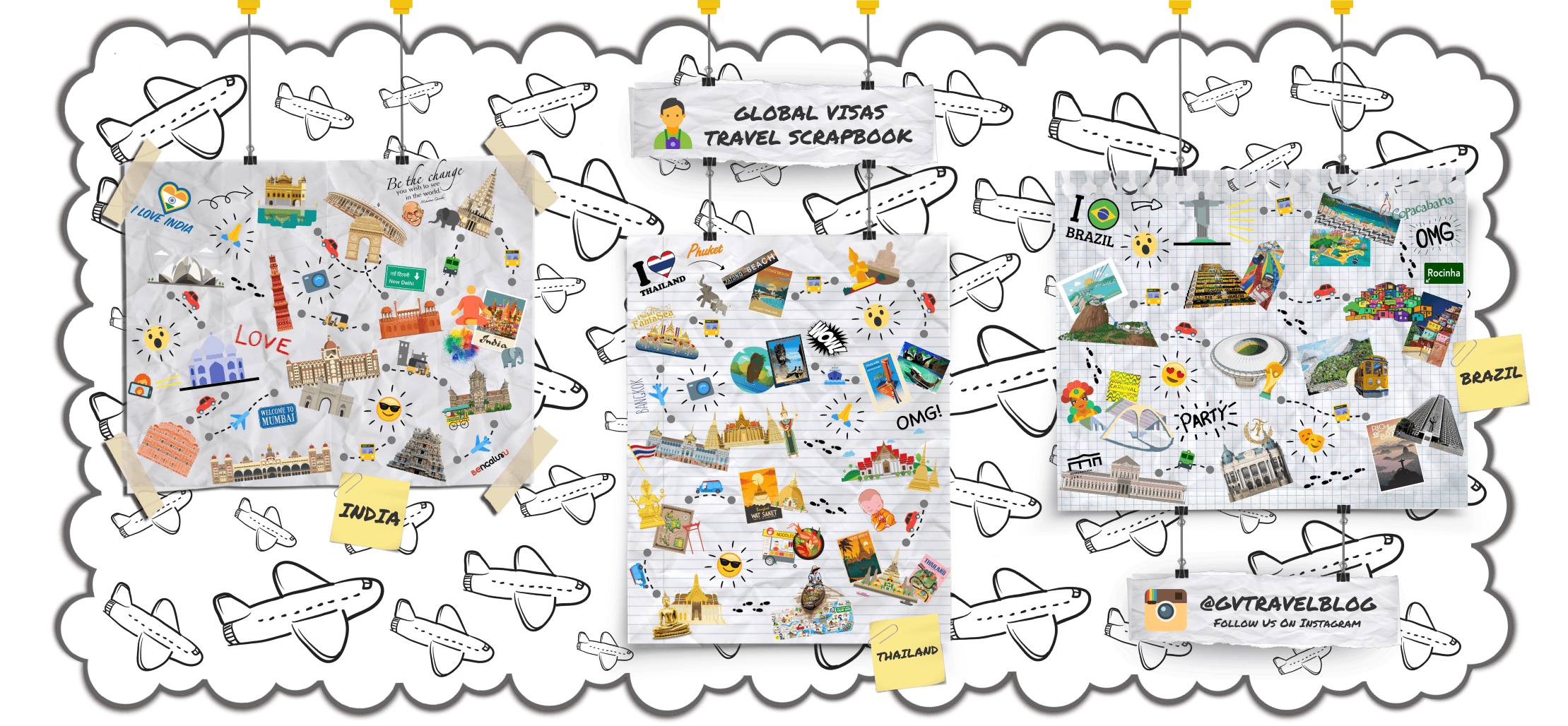BY BUS:
In Semipalatinsk (Semey) a marshrutka costs 35 tenge, and a large bus costs 35-40 tenge. In Astana it ranges between 60-65 tenge.
Public/city buses:
Public transportation in big cities is rather popular. You can use buses, trolleys, trams and minibuses. One big minus of all of them is that they never come on schedule and very crowded on peak time. Moreover, there is absolutely no plan with bus stops and schedule whatsoever. If you don’t speak Russian, taking the bus will be quite tricky but not impossible.
Marshrutkas:
Similar to regular buses and another cheap way to get around is by taking a marshrutka. These are the dilapidated transport vans that cruise around or between towns. They usually have a sign (in Russian) listing the destination, and the driver will usually call out where they are going. However, you will not find them operating inside of Almaty city.
Long distance buses:
They’re a popular alternative to trains and are faster, but less comfortable. Similarly to train travel, you will need to buy your ticket in advance and will be given a seat number. Be careful when the bus makes a toilet stop, the driver often does not check whether all the passengers are on board before driving away!
Fares are relatively low, for instance a single from Almaty to Karaganda (14 hr) will cost you 2,500 tenge—much cheaper than a flight ticket.
BY TAXI:
Use taxis as they are very cheap (€2-6 within the city). You don’t have to use official taxis in most cities, basically you can stop almost any car on the street by raising your hand. It works good in Almaty & Astana, but in Karaganda the best way is one of taxis by phone. It some cheaper and even faster than hitch-hike waiting.
A note of warning, getting to the Almaty airport can be expensive. Taxis to the airport vary greatly in price. Any foreigner will be quoted a very expensive rate but usually drivers will come down once they see they aren’t going to be able to get that much. US$50 is outlandish. Do not accept the first price as it will result in your being overcharged. It should be less than US$10, although it can never be guaranteed that a foreigner will get that price. A better option are the minibuses and buses that go to the airport. The word “airport” is very similar in Russian and English.
A common way to get around is by unofficial taxis. Any time of day, just wave your hand and someone will stop. Locals do this all the time. Negotiate the price and destination before you agree to go. About US$2-4 is fair for a ride within the centre of Almaty. If your Russian is poor or non-existent, you will be charged a lot more than locals; to avoid this, try to use public buses as much as you can and don’t hesitate to tell the driver how much you are ready to pay (do this before he tells you how much he wants). To be safe though, do not get in a car if more than one person is driving. Also, do not take these kind of taxis for long distances or anywhere that goes through remote areas, as there are frequent robberies, especially of foreigners.
Always try to have exact amount of money in cash (the price which you negotiated with a taxi driver), since usually they will not give you change. So if the price should be 350 tenge, give the driver 350 tenge, not more (as he/she might not give change).
BY RAIL:
Train is the most popular way of covering the huge distances between Kazakhstan’s main cities. The main railway stations are in Astana, Karaganda and Almaty, but stations can be found in almost every big city.
The rolling stock, train classes, ticket and reservation systems were inherited from the former Soviet Railways, so they are very similar to the Russian train system.
Ticket prices are slightly lower than in Russia. Kazakh Railways tickets can be bought online.
Kazakhstan is a large country. For instance, it will take you almost 24 hours to get from Almaty to Astana. However, going by train is a very fun way of travelling, since the trains are a great way to meet people. A lot has been written about the pitfalls of being included in a vodka drinking party on a train, but for the most part fellow travellers are friendly, and keen to find out about you (“why aren’t you married?” and, if you are, “why don’t you have children?”, and if you do, “why don’t they have children?”!) Most travellers take food for the journey, as restaurant car provision is sporadic (and they expect you to share yours too!). If you don’t have enough to last the distance, the trains generally stop for 15–20 minutes at each station and there are always people on the platform selling food and drink, at any time of day or night.
There is also a train called the Talgo, which can cover the distance from Almaty and Astana in 9 hours. The cost of the ticket is about 9,000 tenge.
BY PLANE:
Air Astana provides offices in a few major hotels in big cities; it’s the fastest way of travelling within the city for those who can afford it. Planes are brand new and match European standards in quality. Qazaq Air is a cheaper alternative and also provides some connections between major Kazakh cities, with the most frequently served connection being the route Astana – Almaty.









